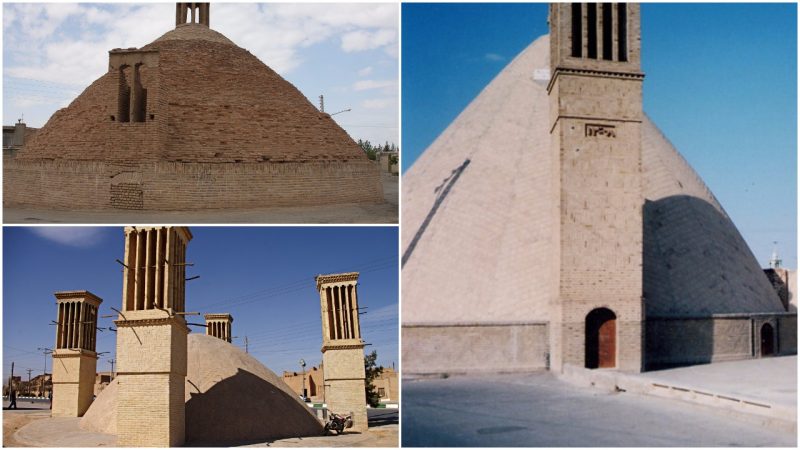When it comes down to the countries of the Middle East, we are usually overwhelmed and fed with news and information concerning ongoing conflicts and wars which have been going on for decades. Behind the curtains of war, these countries unravel beautiful and astounding realms that keep numerous little wonders to the awe and amazement of the human eye. Such is the case of the ab anbars of Iran.
“Ab” refers to water and “Anbar” to the storage facilities of these splendid surreal structures that were purposed to keep drinking waters clean for ages. “The āb-anbār was one of the constructions developed in Iran as part of a water management system in areas reliant on permanent (springs, qanāts) or on seasonal (rain) water. A settlement’s capacity for storing water ensured its survival over the hot, dry season when even the permanent water supply would diminish,” further reads the Iranicaonline.
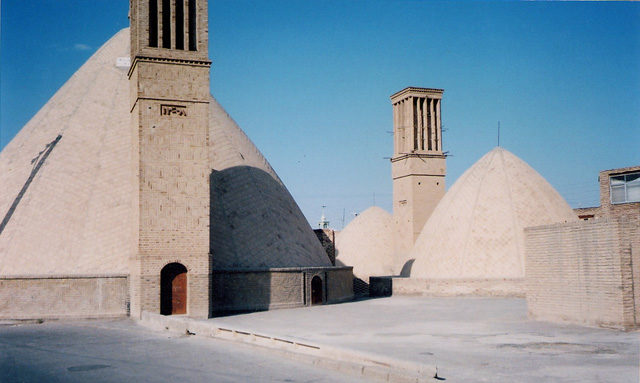


These uniquely built water containers usually have their storage below the ground. It is also intriguing that all the constructions are earthquake resilient, bearing in mind that many Iranian cities are situated in realms that have been affected by harsh earthquakes in the past.
Ab anbars are built with the help of special mortar that is made of a variety of materials including sand, clay, ash, as well egg whites, lime, and goat hair. Such mixture was considered to be entirely water impermeable. The walls of these ancient storages are often as 6.5 feet thick. Also, special bricks are used in the composition, known as “Ajor Ab Anbari.” The bottom of the reservoir was often filled with metallic materials.
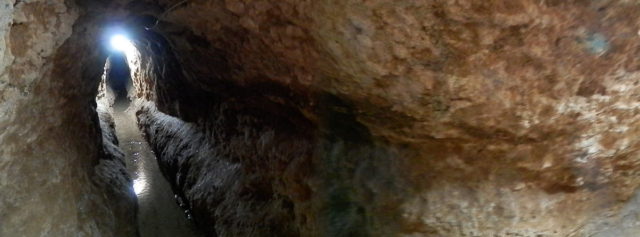
A detailed study of the construction variation techniques of the ab anbars in Iran still hasn’t been conducted. In general, designs can be cylindrical or rectangular, and a portion of these structures may also have an arched roof. As far as their location is concerned, they can be found virtually everywhere, even in mosques. Some storage spaces were built exceptionally spacious. The example of Sardar-e Bozorg ab anbar in Qazvin, an ancient capital of the Persian Empire, is counted as the largest single domed ab anbar of Iran.
The construction of the dome on these water storages was certainly not an easy job, neither for architects nor the construction workers. Some accounts suggest that firstly the storage space was built. Once completed, the interior was supposedly filled with hay and straws all the way up to where workers could initiate work on the dome. When the dome was completed, the straws would be diminished with fire, clearing out the inside space. On the other hand, there are many visible holes in the walls which show the usage of scaffoldings during constructions.

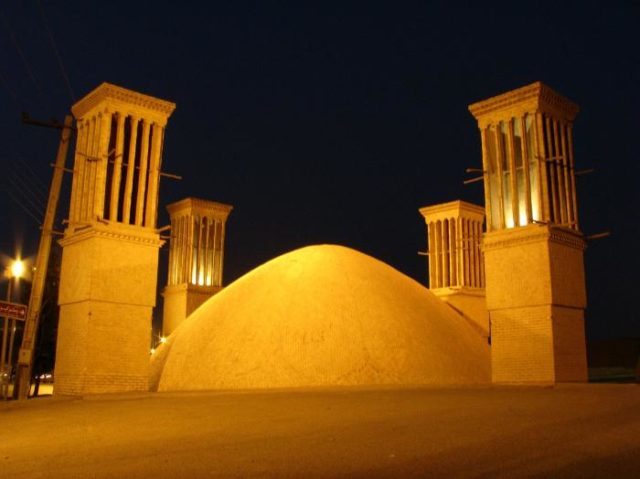
It’s a real mystery why in some regions rectangular plans were considered over round ones while constructing. It is known that circular constructions are less perplexed and are more stable than square ones. A possible explanation is that rectangular solution allowed larger volumes of water to be stored in the reservoirs.
Inside the reservoirs, some constructions also incorporate columns. The Seyed Esmail ab anbar in Tehran is noted for having 40 columns. The “sardar” is the distinctive arched entrance of the ab anbar. From there, people were able to descend the reservoir and reach the faucets. Each Sardar contains small platform for resting after ascending the stairway. Inscriptions of poetry and the date of the ab anbar construction are the usual decorations at the entrance.
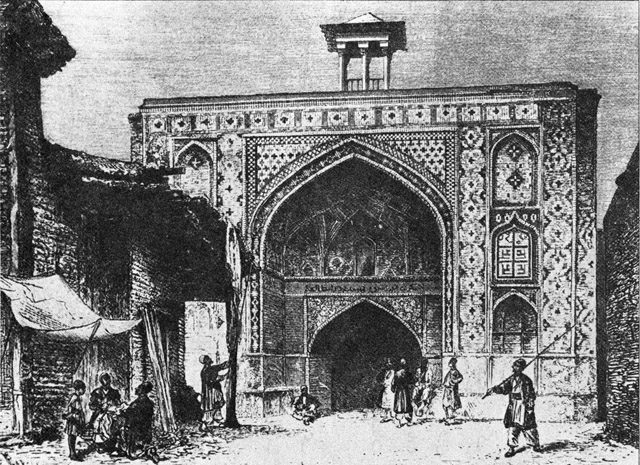
The ab anbars of Iran used up to six windcatchers. Unlike the common usage of the windcatcher in other parts of the world, here, they were purposed for moving the wind at the top of the buildings. This helped the whole design of the storage building to keep lower temperatures inside, similarly to a cave. The ventilating effects of the windcatchers further prevented any humidity or contamination of the water inside.
Except for the windcatchers and ventilation shafts, the storage compartment of the ab anbars is entirely isolated from the outside world. The design prevents any direct touch of the body of the water itself. Depending at what depth the faucets were installed, people could access cooler or warmer water. The person responsible for filling the ab anbars was called a “meerab.” An annual cleaning of the ab anbars was obligatory. Similar structures like the Iranian ab anbars are rare, but some can be found in Turkmenistan as well.
The final output of this splendid architectural accomplishment was a bright, clear and cold water for drinking during the whole year round.
